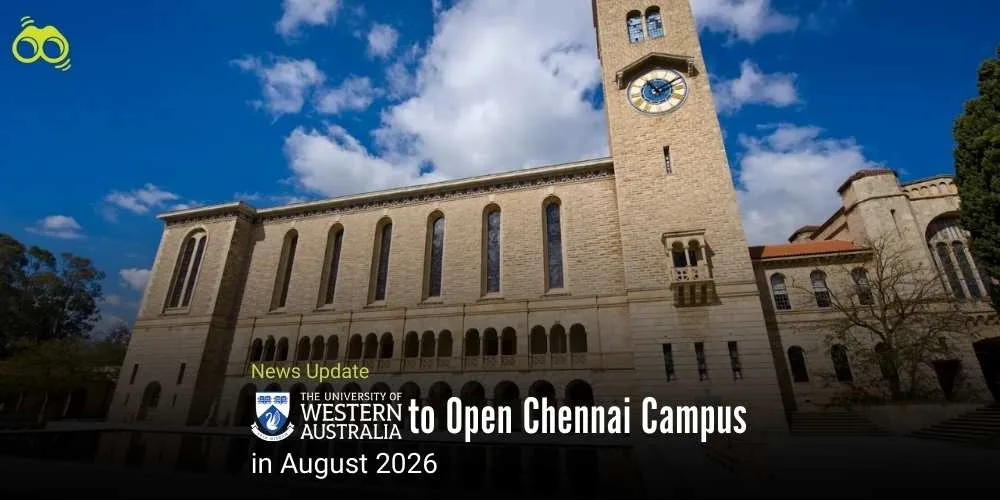University of Suffolk Restructures, Reduces Academic and Staff Positions
Job Losses at University of Ipswich Highlight UK Higher Education Pressures
Established in 2007 and granted university status in 2016, the University of Suffolk is a modern institution based in Ipswich, England. With a strong emphasis on community engagement, applied research, and student-focused learning, it serves a diverse student body across regional campuses. The university offers undergraduate and postgraduate programmes, particularly in health sciences, business, and digital technologies. Though relatively young, Suffolk has emerged as a responsive and adaptable player in the UK’s evolving higher education sector.
The University has recently reduced its workforce by 45 posts as part of a cost-cutting initiative, reflecting the financial pressures affecting UK higher education. According to the latest update, 26 staff members were made redundant and 19 vacant posts were closed. These actions were driven by the declining value of tuition fees, stricter visa rules for international students, and rising operational costs. The job cuts, described as “mostly voluntary,” were understood to affect a broad mix of roles, including academic staff, professional services, senior managers, support staff, and technical employees. It was reported that the proposal for workforce reductions had first been introduced in May, as part of a wider plan to save £3.5 million. Notably, Suffolk’s savings target mirrors similar cost-cutting efforts at institutions such as the University of East Anglia and the University of Dundee, signalling a sector-wide pattern of financial restructuring.
A university spokesperson explained that, like many other institutions across the country, the University of Suffolk remained under “considerable financial pressure.” Following a period of consultation, the university confirmed that it had restructured into two academic schools, reduced management layers, and implemented broader administrative reforms. These changes were designed to streamline operations across professional services while supporting long-term institutional sustainability. This shift reflects a wider trend in university restructuring across the UK, where institutions are increasingly flattening hierarchies and revising governance frameworks.
It was further noted that some staff had opted to take on alternative roles or reduce their working hours, which helped to minimise the overall scale of redundancies. Despite the ongoing challenges, the university maintained that the impact on students had been kept to a minimum and reiterated its commitment to delivering high-quality teaching and a positive student experience. This approach aligns with national efforts to safeguard student-facing services amid widespread reductions in academic staffing.
Viewed within the broader context of higher education reform in the UK, the development at the University of Suffolk underscores how job losses and academic staff reductions are becoming more frequent as institutions respond to sustained financial pressures. Observers noted that Suffolk’s case exemplifies the growing pattern of cost-cutting across the sector and its implications for university employment, particularly academic roles. These pressures are further compounded by falling international student enrolments and tightened visa policies, which continue to destabilise key revenue streams. The University of Suffolk’s restructuring offers a stark illustration of the financial recalibrations reshaping UK higher education.
Editor’s Note:
Job cuts in universities are becoming more common across the world, and the case of the University of Suffolk is part of a wider trend. These reductions affect not only staff, who face uncertainty and career disruption, but also students, who may experience changes in teaching quality, course availability, and support services. The main issues driving these cuts include falling tuition income, stricter visa rules for international students, and rising costs of running institutions. Many universities are struggling to balance their budgets while trying to maintain high standards of education. In some cases, the value of tuition fees has not kept pace with inflation, making it harder for institutions to cover basic expenses. One possible solution is for governments to review funding models and consider increasing direct support for universities. Another is to rethink how international students are welcomed and supported, as they contribute significantly to university income and diversity. Universities themselves can also explore more flexible staffing models, invest in digital learning, and strengthen partnerships with industry to create new revenue streams. While cost-cutting can be necessary, it shouldn't jeopardise student education or staff well-being. A balanced strategy is essential, one that safeguards core academic services and promotes long-term sustainability. Ultimately, universities should prioritise learning, support, and opportunity, rather than solely focusing on survival.














0 Comments (Please Login To Continue)